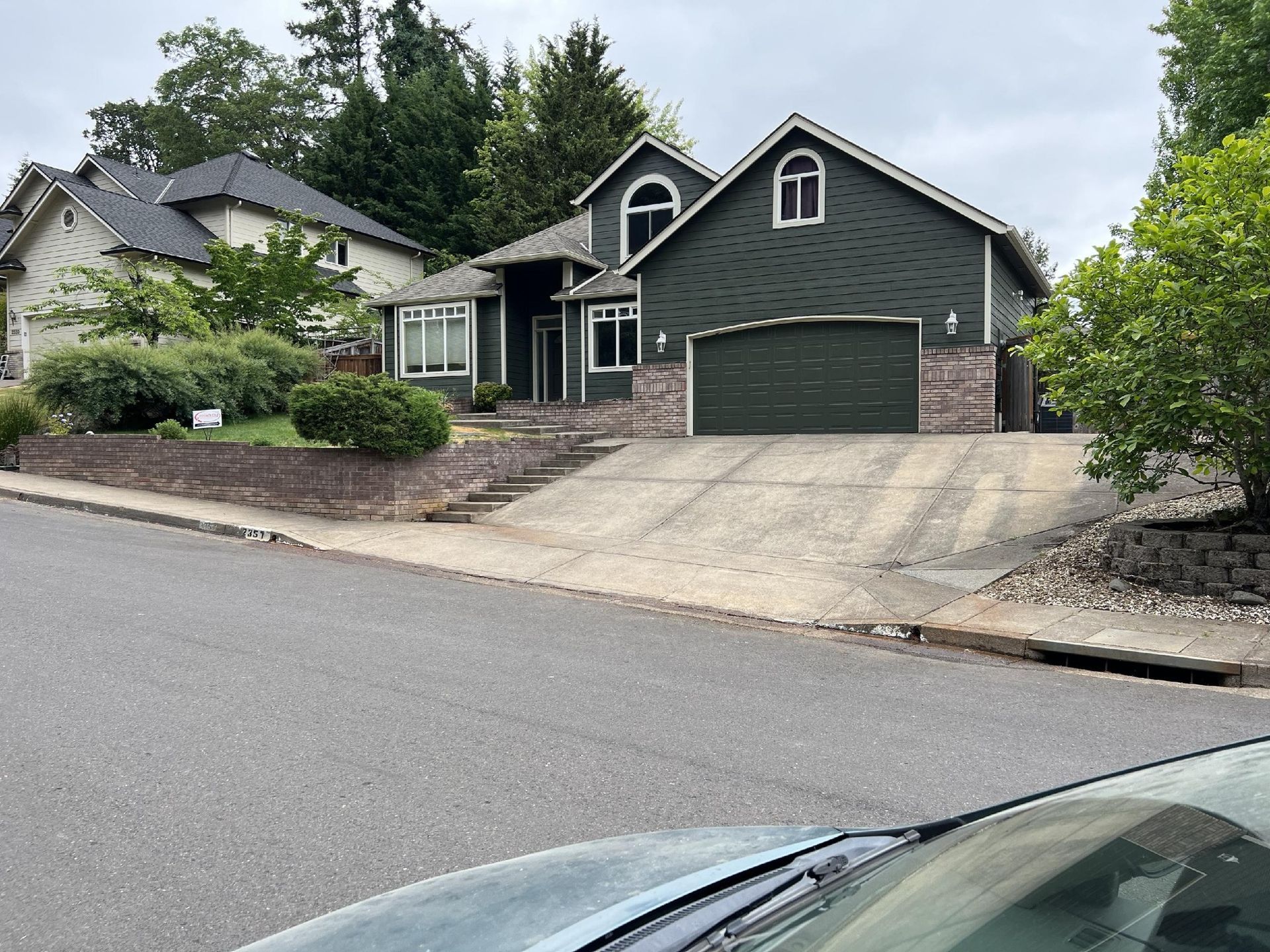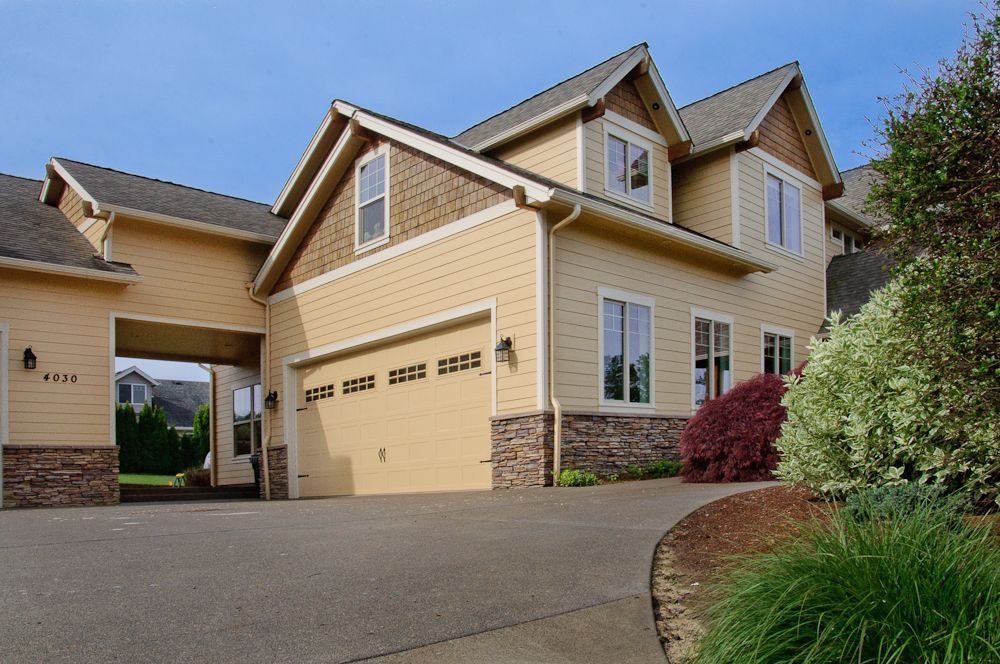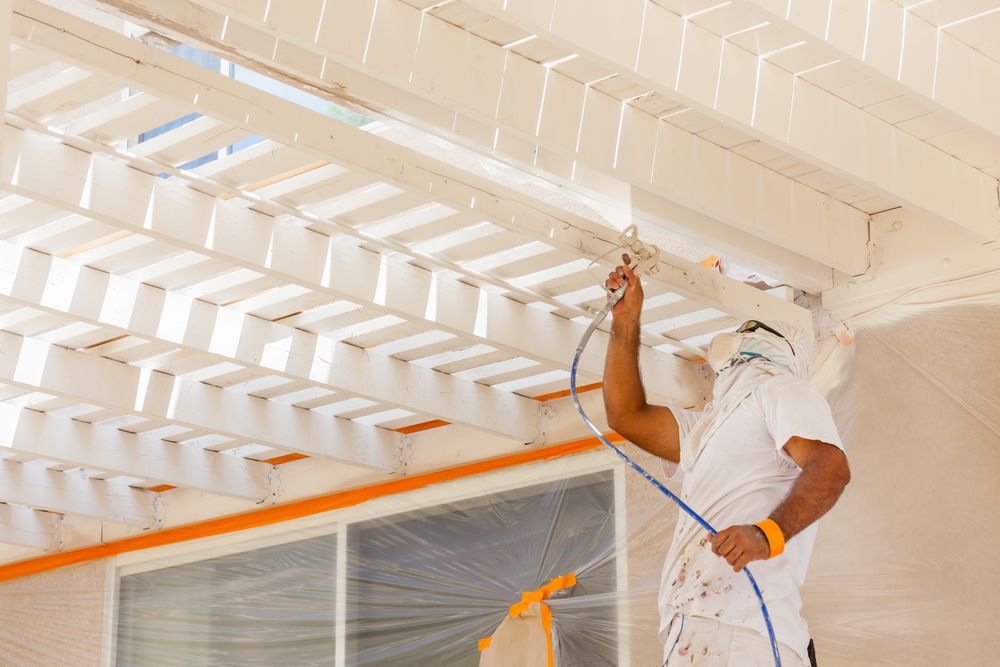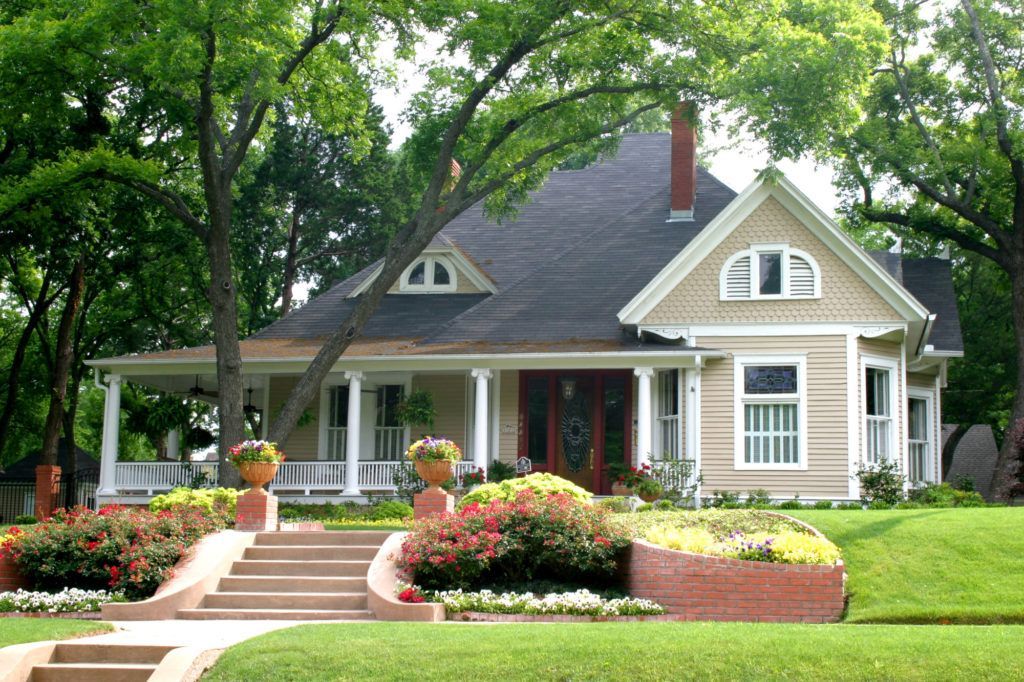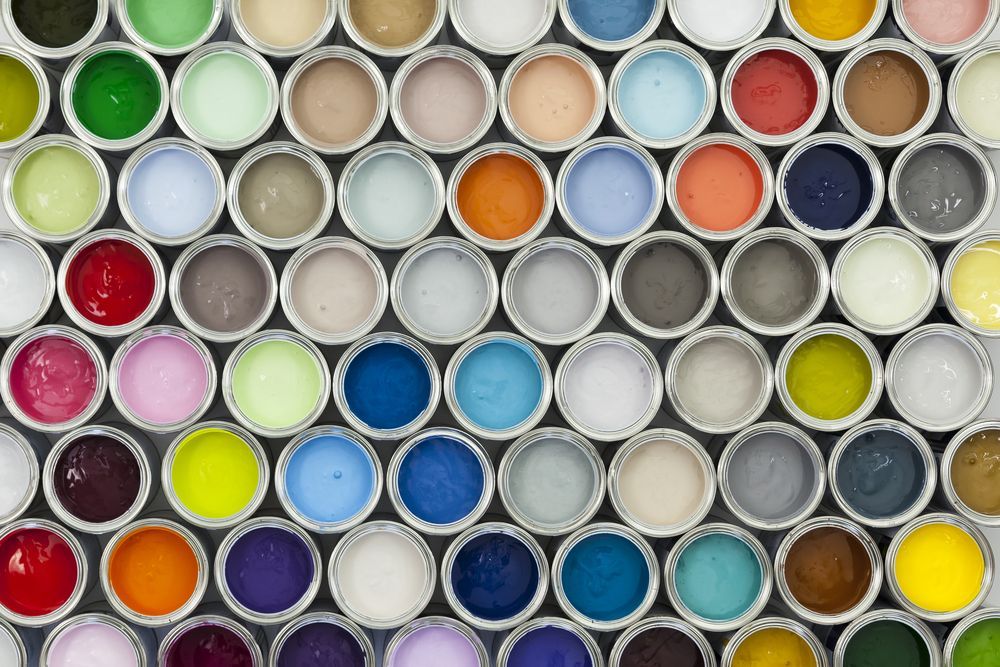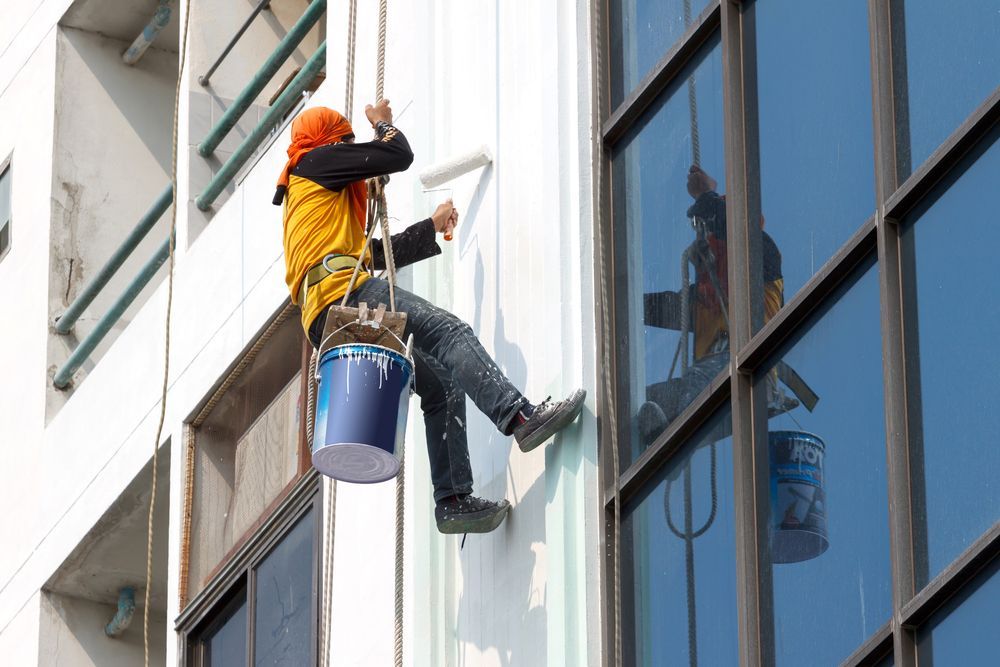Staining vs Painting a Fence: Which Is the Better Choice?
Your fence has been through a lot! And even if it's still standing strong, chances are it's showing the classic symptoms of too much sun, rain, wind and bird activity (you know what we’re talking about).
But here’s the question: Do you stain that thing, or paint it? It’s the classic homeowner dilemma, and like most things in home maintenance, the answer is: “Well... it depends.”
Much like adopting a cat, both staining and painting have their pros, quirks, and long-term consequences (not to mention messy results if done the wrong way). So let’s break it all down: durability, cost, maintenance, and style, so you can make the right call for your fence and your weekend plans!
Understanding Fence Staining
Staining is like giving your fence a spa day. It enhances its natural beauty, soaks in deeply, and protects it from the elements, without hiding its grain or charm.
How Fence Staining Works
Stain works by seeping into the wood fibers, rather than just sitting on top of it as a covering. This helps it resist cracking, chipping, and peeling, because it moves with the wood as it expands and contracts through Oregon’s mood-swing weather.
It also still lets the wood breathe, which can reduce moisture buildup and help prevent rot. You know, the silent fence killer.
Types of Fence Stains Available
Here’s your stain cheat sheet:
- Transparent Stain: Lets the wood grain shine like a proud, natural lumber model. Best for new or high-quality wood.
- Semi-Transparent Stain: Adds a little color, still shows some grain, and helps even out older boards.
- Solid Stain:
Looks almost like paint but behaves more like stain. Covers imperfections and gives strong UV protection, while still allowing a bit of texture to show through.
Best Fence Materials for Staining
Stain is happiest when paired with natural wood. Cedar, redwood, and pressure-treated pine all respond beautifully to staining. Just don’t try this on vinyl or composite fencing, those materials don’t absorb stain, and you’ll be left wondering why your weekend project still looks... weird.

Understanding Fence Painting
Painting is the full-coverage, change-the-whole-look approach. If you’re aiming for a crisp white picket fence or a bold statement color, paint gets you there.
How Fence Painting Works
Unlike stain, paint forms a solid layer on top of the wood. It acts like armor, blocking UV rays, sealing out moisture, and giving your fence a whole new identity. But it’s a bit more high-maintenance in return.
Over time, paint can crack, peel, or blister, especially if it’s not applied with proper prep. But when it’s done right? It can look flawless for years.
Types of Paint for Fences
You’ve got two main types to consider:
- Latex (Water-Based): Quick-drying, easy to clean, and more flexible: ideal for changing weather conditions.
- Oil-Based: Slower to dry but more durable. Great for resisting water and wear, though it takes a little more cleanup and commitment.
Both work outdoors, but be sure to use exterior-grade versions. Your fence deserves the good stuff.
Best Fence Materials for Painting
Paint plays well with a variety of materials. Wood, composite, and even some metals. It’s especially good for older fences with blemishes you want to hide. Just make sure the surface is clean, dry, and primed if needed. Otherwise, that coat WILL flake on you.
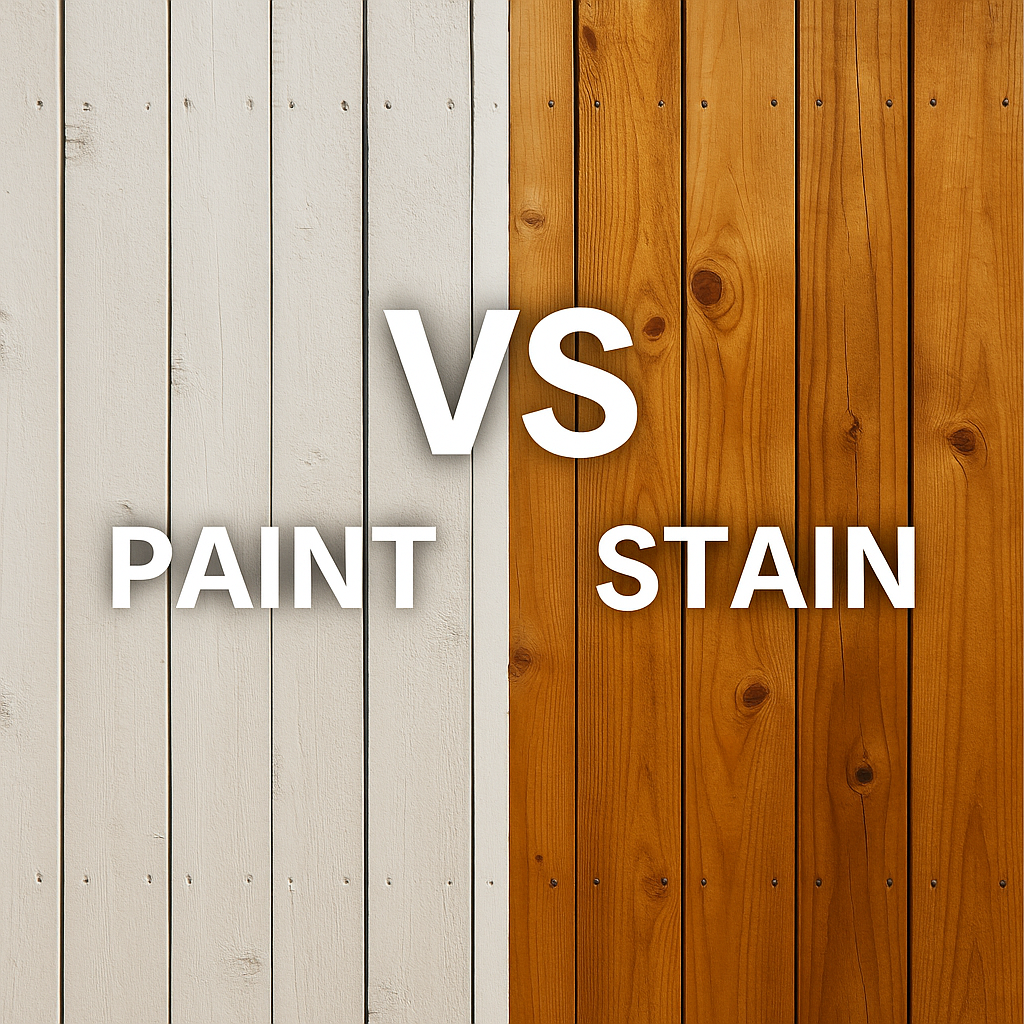
Stain vs Paint Fence: Key Comparisons
Here’s where things get real. Let’s put stain and paint head-to-head and see how they stack up.
Durability and Longevity
- Stain: Soaks in deep, so it won’t peel or chip. Expect 2–5 years depending on the type and weather exposure.
- Paint: Longer lifespan, like 5 to 7 years if well maintained, but when it fails, it’s not subtle. Flaking, cracking, and bubbling can happen, especially with poor prep or moisture buildup.
Maintenance Requirements
- Stain: Simple to maintain. Clean, reapply, and you’re back in business. No sanding or scraping required.
- Paint: Higher-maintenance, friend. Once it starts peeling, you’ll need to scrape, sand, prime, and repaint.
Cost Considerations
- Initial Cost: Stain tends to be cheaper upfront, especially with fewer coats and simpler prep.
- Long-Term Cost: Paint can get pricier over time due to more extensive maintenance. But its longer lifespan can even things out if you don’t mind the work.
Factors to Consider When Choosing
Not sure which direction to go? Here are a few things to think about before you start shopping for gallons of anything:
- Climate:
Oregon’s wet seasons can be hard on paint. Stain tends to handle moisture shifts better, especially if you use oil-based formulas.
- Fence Age & Condition: Newer, high-quality fences look great with stain. Older or rougher wood might benefit from the forgiving coverage of paint.
- Style & Curb Appeal: Want a natural, earthy look? Go with stain. Want to match the trim on your house or go bold? Paint’s your ticket.
Professional Fence Staining and Painting in Oregon
Whether you’re team stain or team paint, Fitzpatrick Painting & Construction is ready to help. With 30+ years of experience in Oregon’s unique climate, we know what works, what lasts, and how to make your fence look fantastic without turning your backyard into a construction zone.
From helping you choose the right product to applying it with precision and care, we’ll make sure your fence gets the treatment it deserves.
👉 Ready to refresh your fence? Contact us today for a free estimate and let’s get it done right.
Frequently Asked Questions About Fence Staining vs Painting
Q: Does painting a fence make it last longer than staining?
A: Not always. While paint offers more surface protection, stain can last just as long, especially in wet climates, if applied and maintained properly.
Q: Which is more expensive: staining or painting a fence?
A: Stain usually costs less upfront and is easier to maintain. Paint may last longer but requires more prep, labor, and materials, which can bump up the price over time.
Q: How often do I need to re-stain or repaint my fence?
A: Stain typically needs a refresh every 2–4 years. Paint can last 5–7 years with good prep, but once it starts peeling, it’s back to square one.
Q: Can I paint over a previously stained fence?
A: You can, but you’ll need to clean, sand, and possibly prime the surface first. Paint doesn’t stick well to oily or glossy finishes.
Q: Which option is better for cedar or pressure-treated wood fences?
A: Cedar looks fantastic with stain, it enhances the grain and keeps the wood breathable. Pressure-treated wood can go either way, but it needs to be fully dry before applying anything.



